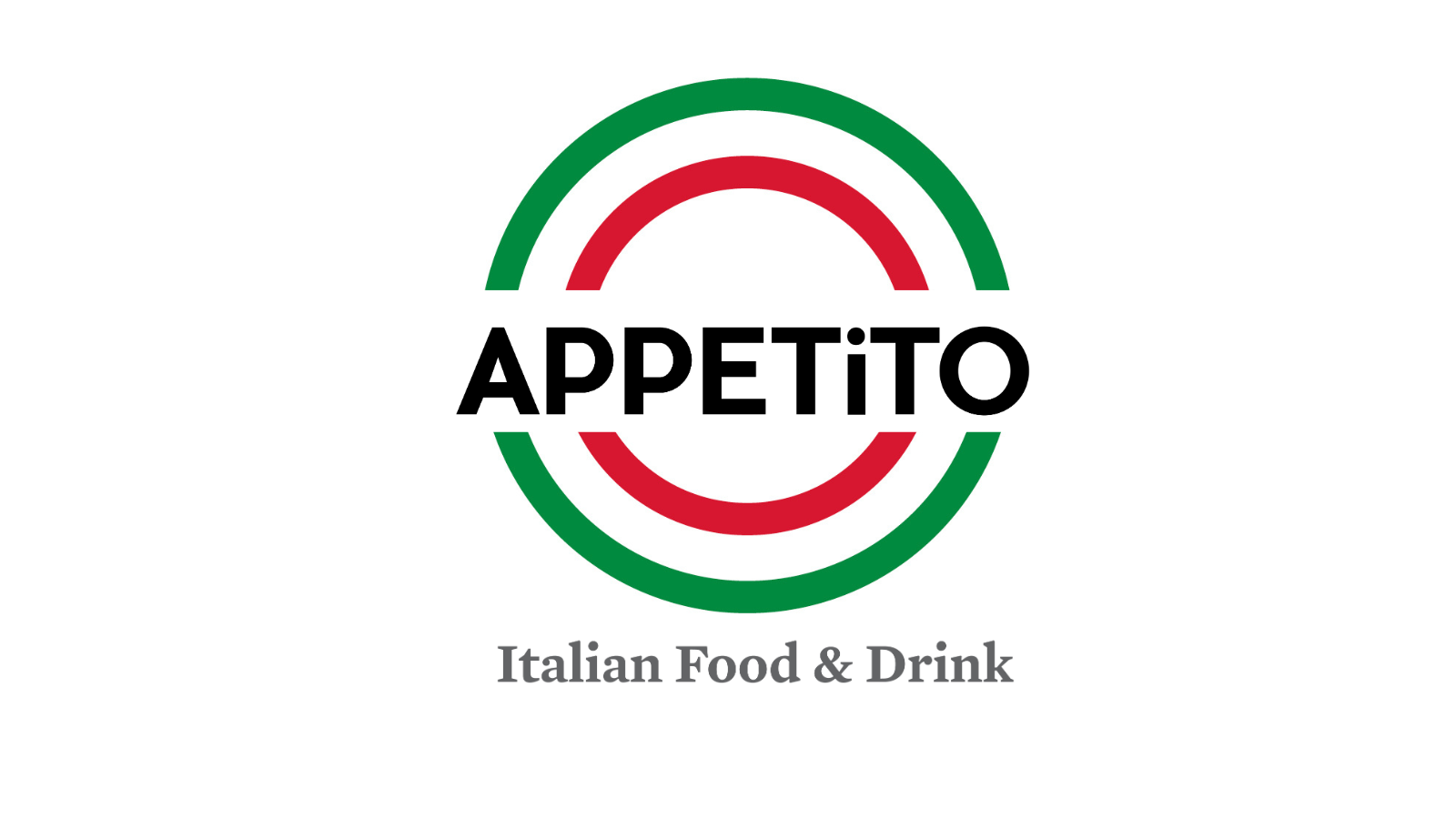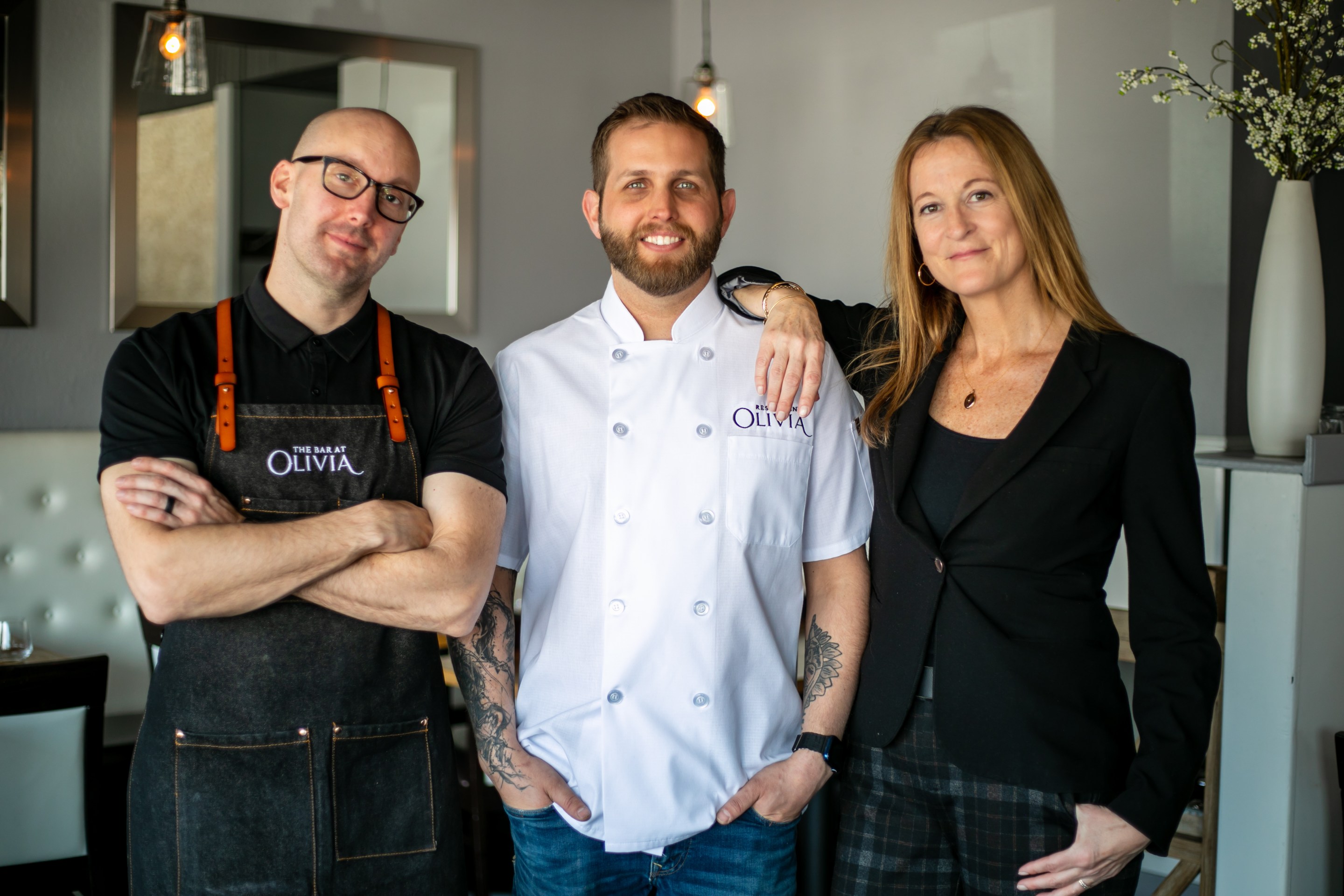I needed a mental escape from the humid folds of the Parmigiano summer to the sleepy seaside town of Sant’Agata sui Due Golfi (Sorrento, Campania), where I could imagine that I was lounging in a lush garden and rubbing my tummy after a luxurious tasting menu. With this in mind, I recently had the occasion to speak to one of Italy’s most esteemed chefs, Chef Ernesto Iaccarino of Don Alfonso 1890. While I still have salivating memories of his menu at an event held in Parma last year, I have yet to go to Don Alfonso 1890 in person. So I asked the chef in a phone conversation to describe the experience to me and to peel back the fundamental layers of the restaurant.
Our conversation divided into four principle topics.
Family. Don Alfonso 1890 is the story of a family that has a history of challenging the culinary landscape while maintaining a constant nod to tradition. Chef Ernesto grew up knowing that one day he would have to carry the culinary gauntlet first carried by his great grandfather, Alfonso. Between ages 10 to 15, the chef traveled the world with his family to try Michelin-starred meals and further train the palate. Chef Ernesto earned his title following his father, in the early 2000s, and currently has two Michelin stars at his Sant’Agata location and one Michelin star in Toronto. Chef Ernesto also manages other locations in Italy, the U.S., Macau, China, and New Zealand with his family.

Simplicity. When I expressed that one of my favorite aspects of Chef Ernesto’s cuisine was the simplicity of his dishes, he responded with an explanation of just how difficult it is to achieve said simplicity: “In the kitchen, simplicity is not simple, but a target. You need a lifetime of work to know how to make a complex dish simple… It’s the idea,” he said, “of having to create a masterpiece using only a few ingredients. Lastly, he said, “Simple ingredients are good on their own, but need the technique and vision of a chef to be something unforgettable.”

The Gardens. The ambiance of the original Don Alfonso 1890 is a testament to how much location can intensify a dining experience. Picture the lush, terraced gardens where the world’s best lemons (those monstrous, fragrant giants) are framed with Mediterranean flora. When I asked about the typical reaction from clients to such an old-world beauty, he told me that most clients finish the tasting menu in a couple of hours, then proceed to lounge around the garden for a few hours more. Although not every Don Alfonso location can have the luxury of the Mediterranean setting, the energy of each location acts as a kind of portal to Sant’Agata, while still highlighting the actual location.

Sustainability. The Iaccarino family has made sustainability their culinary creed, a non-negotiable part of how they do business. When the topic was brought up, I could hear a pivot in the chef’s rhythm, from storytelling to pure passion. We discussed all of the new renovations in Don Alfonso 1890 (for instance: using rainfall as an irrigation system for the garden, regenerative heating in the restaurant, zero plastic — including from sous-vide) and how they cultivate their own goods in their farm, "Le Peracciole," for their Sant’Agata location. By looking at each plate, you can understand the emphasis on the land: it remains the obvious protagonist in each dish.
Speaking to Chef Ernesto and having a virtual tour of the grounds, I could tell that there was an energy at Don Alfonso 1890 that was a bit more indulgent, a bit more magnetic than other restaurants I have come across. Writing this at my desk in Parma, though, I think I feel this magnetic pull to Don Alfonso 1890 quite strongly. Truth be told, I am already planning and counting down the days between my imaginary trip and the real deal. I promise to write a “Postcard” with the details of my actual visit to Don Alfonso 1890 in Sant’Agata sui Due Golfi. Non vedo l’ora (I can’t wait).







